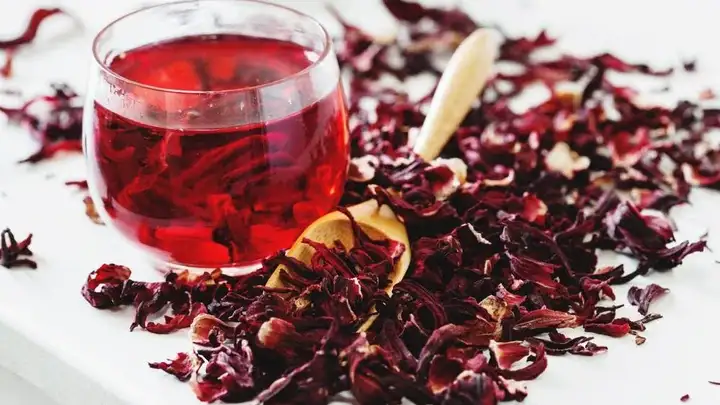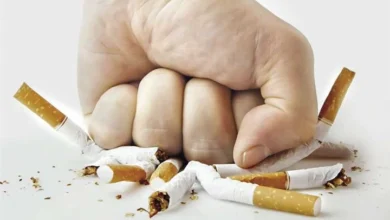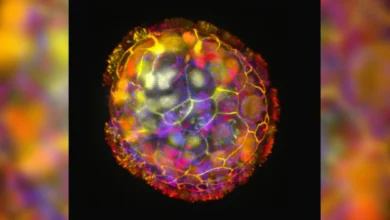Hibiscus Positive effects on human health

Hibiscus tops the list of herbal plants months used in many traditional remedies and popular medicines.
Although there are more than 200 hibiscus, Rosa Sinensis, known for its red colors, is the most common and has an anti-diabetic effect because it reduces blood glucose and protects pregnant women with diabetes from negative effects because it is rich in phenol and flavonoids according to research and studies.
The hibiscus leaf drink is used in many countries around the world to lower blood pressure.
Studies confirm that anthocyanin dye, which gives the drink its distinctive red colour, helps reduce systolic and diastolic blood pressure when consumed daily for people with mild or moderate hypertension.
Hibiscus is characterized by its leaves, which are used as skin disinfectant, removing dead skin cells and blackheads or white heads by rubbing them on the face and neck. It also contains anti-inflammatory properties that contribute to treating skin problems such as acne, dehumanization and slowing the appearance of signs of aging caused by harmful UV radiation by increasing collagen production, and reducing melanin synthesis.
Studies have shown that hibiscus extract can contribute to reducing the development and prevalence of breast cancer when combined with chemical treatments and also control the growth of melanoma cells because it contains polyphenol, which is useful in preventing the proliferation of cancer cells.
Hibiscus contains some phenolic acids such as ascorbic acid, malic, strick and hydroxycetric which give strong anti-inflammatory and antioxidant effects against a range of diseases such as cough, cold and influenza and the hibiscus leaf drink contributes to activating resistance to sore throat and mild headaches.
The paste, made from ground hibiscus leaves, uses a hair dye substitute for deep red and reduces hair loss and dandruff when used after shampoo as well as its effectiveness in delaying early grey.





